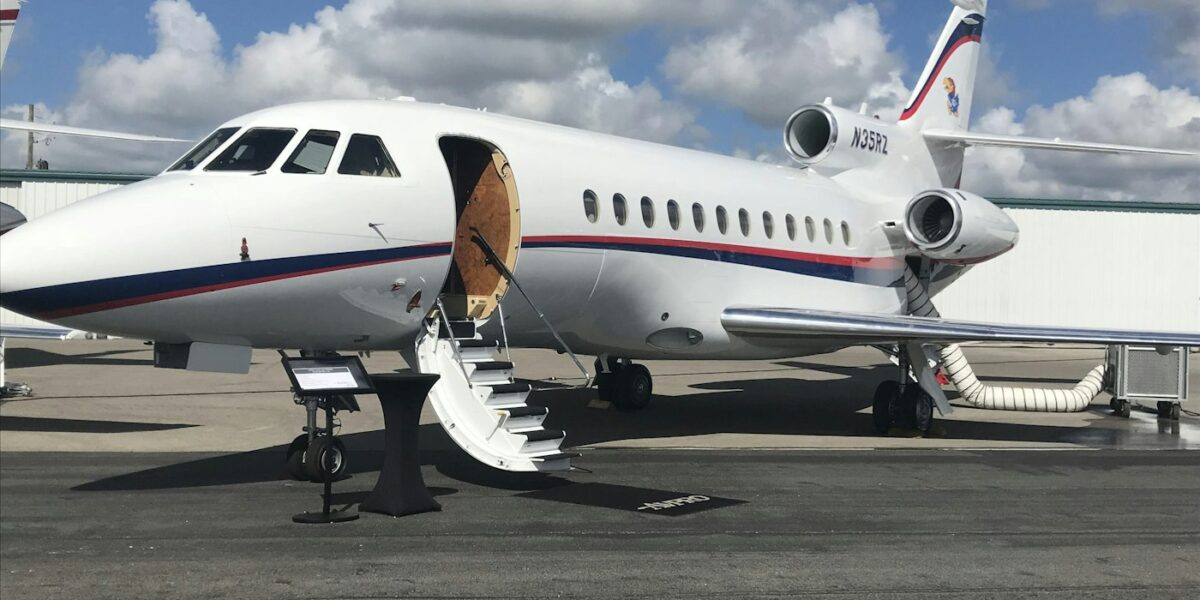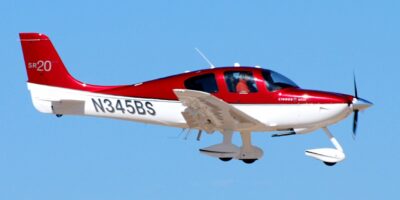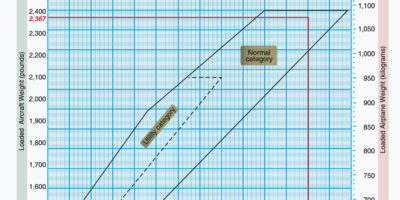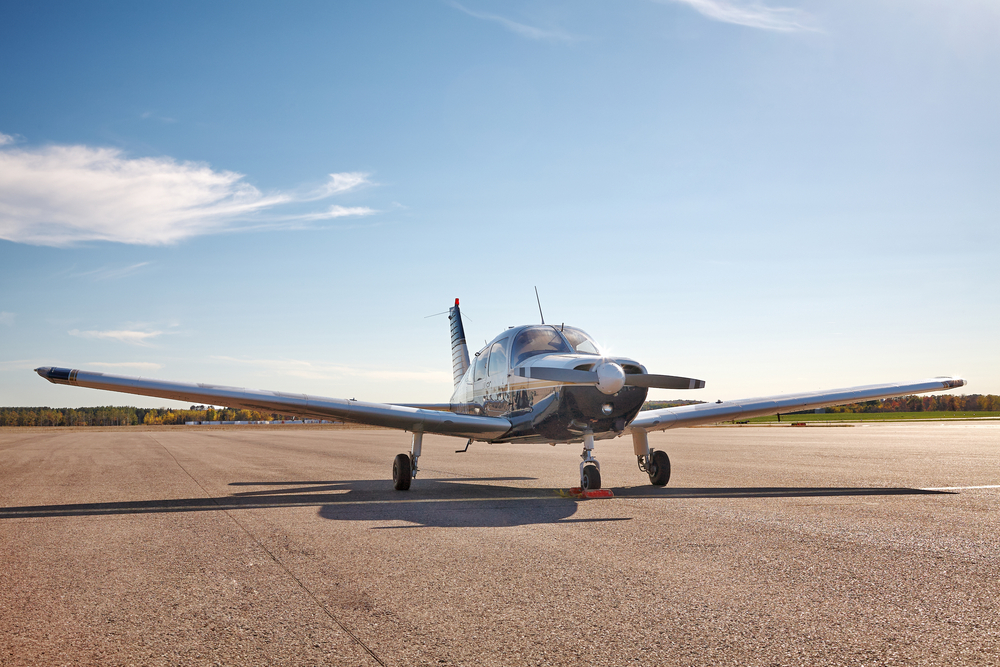Piper Cherokee 140 and 180 variants share the same basic airframe, but the 40-horsepower difference creates distinct performance characteristics. Understanding these differences helps you choose the right trainer or time-builder for your mission.
Quick Answer: The Cherokee 140 has a 150 HP engine, cruises at 108 knots, and burns 7 GPH. The Cherokee 180 uses a 180 HP engine, cruises at 122 knots, and burns 9 GPH. The 180 climbs 400 fpm faster and carries 200 pounds more useful load. For training, the 140 is cheaper. For traveling, the 180 is worth the extra fuel cost.
Engine and Performance
The Cherokee 140 uses a Lycoming O-320 producing 150 horsepower. Cruise speed tops out at 108-112 knots at 75% power. Climb rate averages 660 fpm at sea level. The airplane feels underpowered on hot days or with full fuel and passengers.
The Cherokee 180 runs a Lycoming O-360 making 180 horsepower. It cruises at 122-126 knots and climbs at 1,060 fpm. The extra power makes a noticeable difference on takeoff and climb-out. The 180 handles high density altitude better than the 140.
Useful Load and Capacity
Cherokee 140s typically offer 860-920 pounds of useful load. With four adults aboard, you’re limited to partial fuel. The airplane works best as a two-person trainer or time-builder. Full fuel (50 gallons) leaves 620 pounds for people and bags.
The Cherokee 180 provides 1,020-1,100 pounds useful load. You can carry four adults with reduced fuel, or two people with full tanks and plenty of baggage. The 180 serves as a practical cross-country machine where the 140 struggles.
Operating Costs
Fuel consumption favors the 140. It burns 7-8 gallons per hour compared to the 180’s 9-10 GPH. Over 100 hours annually, that’s a $1,500-2,000 difference at current avgas prices.
Maintenance runs similar for both models. Annual inspections cost $1,500-2,500. Engine overhauls differ slightly – the O-320 TBO is 2,000 hours, the O-360 is also 2,000 hours. Reserve about $15-18 per hour for engine replacement regardless of model.
Insurance premiums are nearly identical. Expect $1,200-1,800 annually for hull coverage on either airplane, assuming 100-200 hours pilot time and an instrument rating.
Handling Characteristics
Both Cherokees fly similarly. The low wing provides stable flight in turbulence. Controls are heavier than Cessna’s spring-loaded systems but not unpleasant. The Cherokee rewards smooth inputs and doesn’t tolerate ham-fisted flying.
The 140 feels slower in every phase of flight. Pattern work requires earlier power additions. Climbs take longer. Cross-country flights drag on. The 180’s extra speed makes trips noticeably quicker and more enjoyable.
Ground handling is docile in both models. The nosewheel steers positively. Visibility over the nose is adequate during taxi. Braking is effective without being grabby.
Which Should You Choose?
Buy the Cherokee 140 if you’re primarily training for ratings, building time toward commercial minimums, or flying solo/with one passenger. The lower fuel burn adds up over hundreds of hours. Many flight schools prefer 140s for this reason.
Buy the Cherokee 180 if you plan cross-country trips, regularly fly with passengers, or operate from high-altitude airports. The performance increase justifies the extra $15-20 per flight hour. The 180 is simply more capable.
Market Considerations
Cherokee 140s sell for $35,000-55,000 depending on condition and avionics. The 180 commands $45,000-70,000. Both hold value well if properly maintained.
Parts availability is excellent for both models. Piper built thousands of Cherokees, and the aftermarket supports them fully. Finding a mechanic familiar with PA-28s is easy anywhere in the country.
The Cherokee 180 outsells the 140 on the used market. Buyers prefer the extra performance despite higher operating costs. If resale value matters, the 180 moves faster when it’s time to upgrade.
Join the Aircraft Insider Community
Get exclusive backcountry flying tips, aircraft reviews, and Western aviation destinations delivered to your inbox.
✈️ No spam, ever. Unsubscribe anytime. Privacy respected.




Leave a Reply